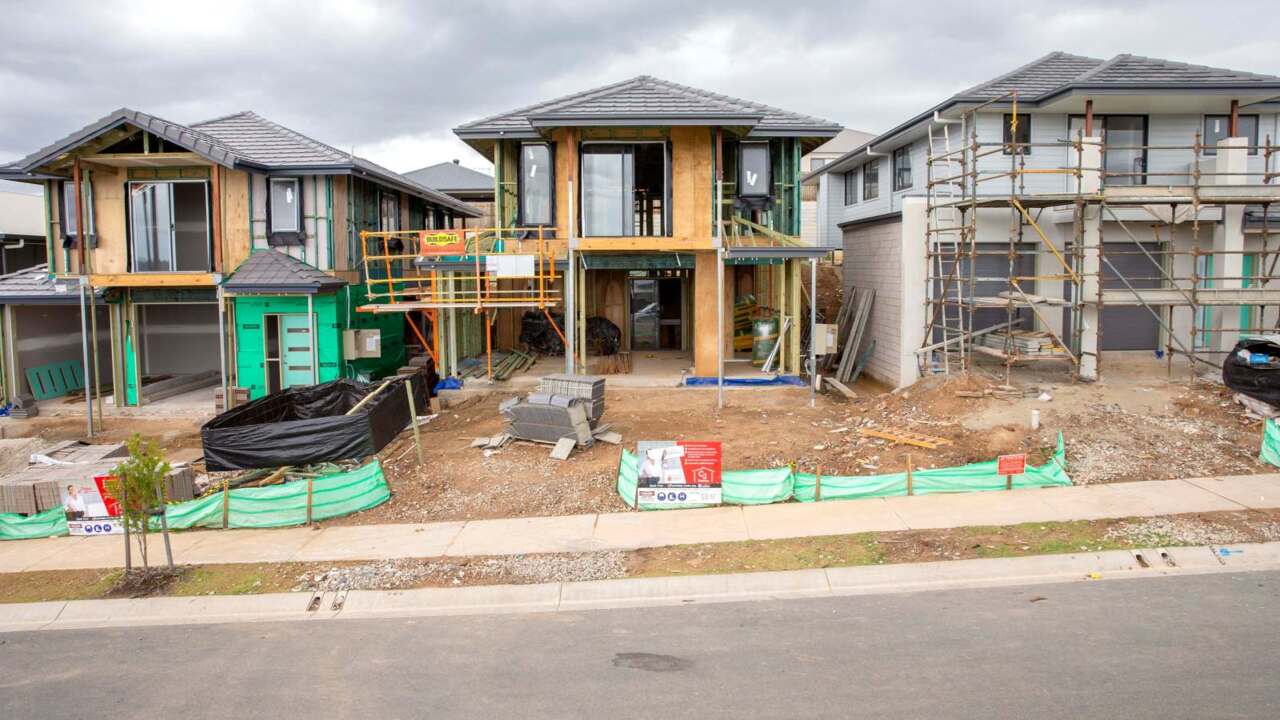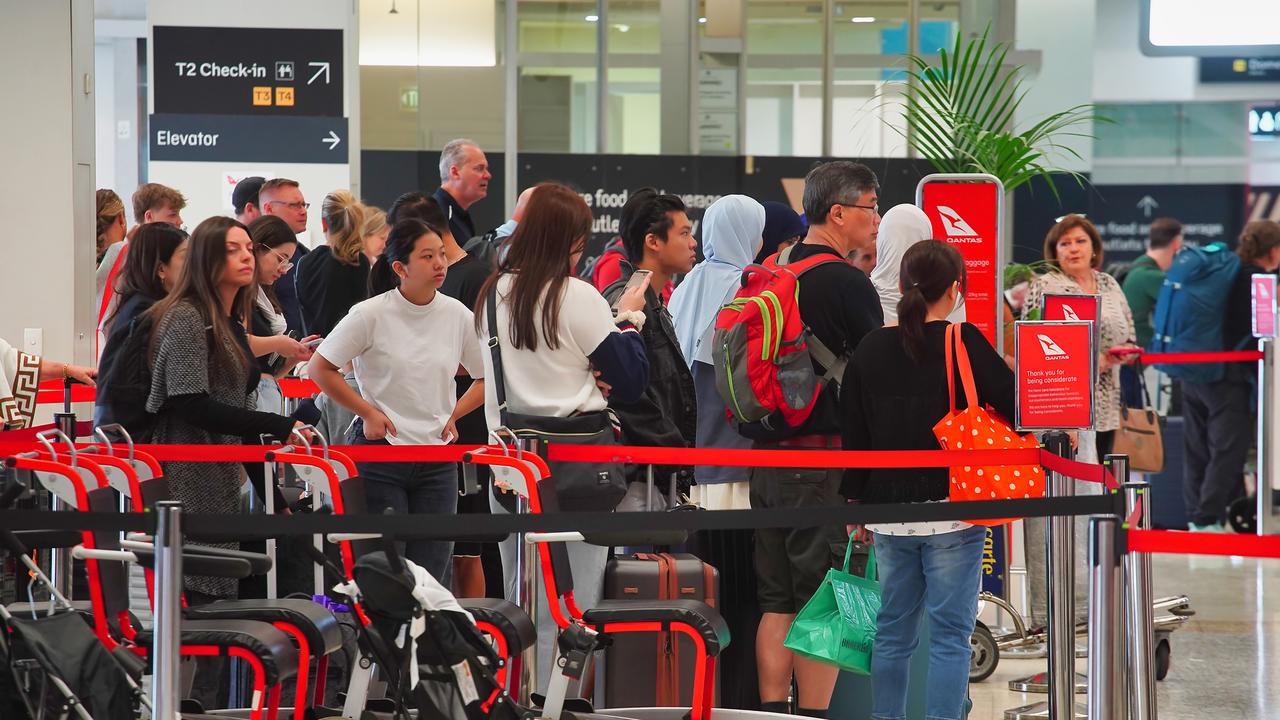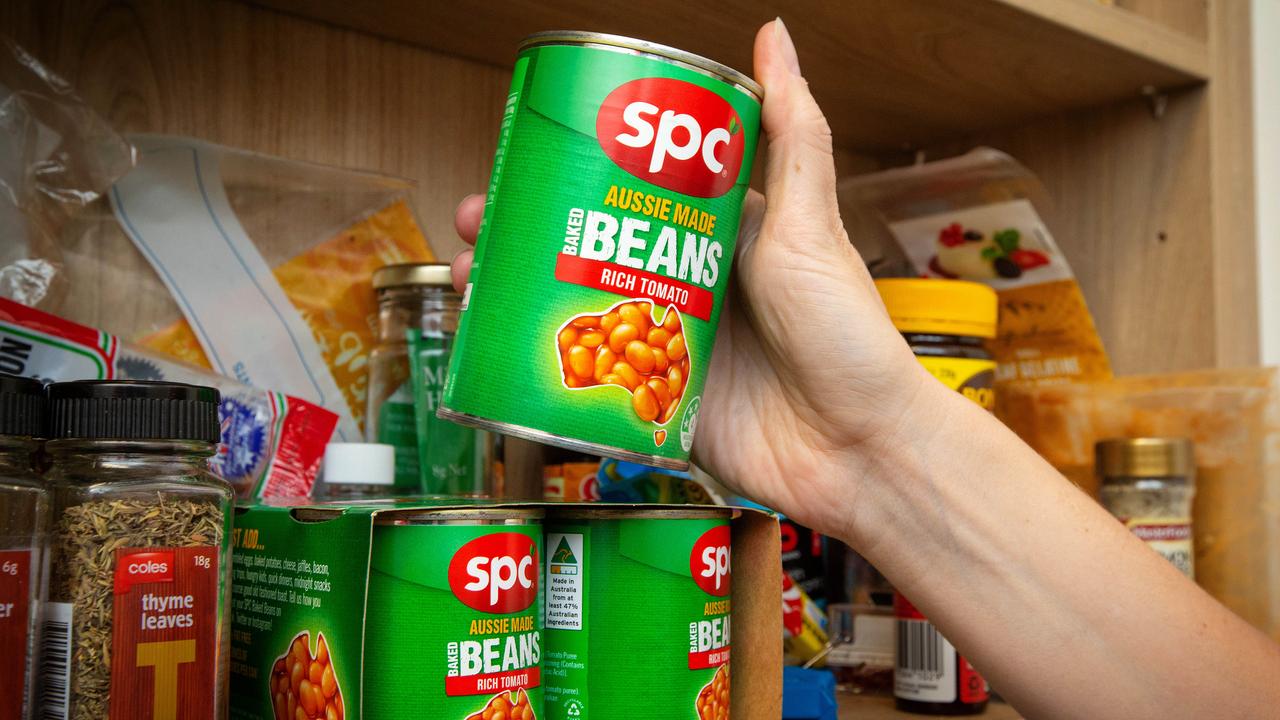Aspiring first-home buyers urged to act soon before price rise
First home buyers could face more price hikes and should consider entering the property market sooner rather than later. This is when prices are tipped to rise again.

Costs
Don't miss out on the headlines from Costs. Followed categories will be added to My News.
First home buyers should pounce and purchase property within the next two years before expected price hikes hit in 2023.
A new independent report examined five-year projections for housing supply and demand nationally and found there was limited time to capitalise on the softened housing market.
The document, released by government entity, the National Housing Finance and Investment Corporation, showed in August the ratio of first home buyers purchasing property was 41.7 per cent – more than 10 points higher than the long-term average.
But it predicted there would be an excess supply of 195,000 dwellings due to COVID-19 in 2021 and 2022 and it was “likely to be short-lived”.
“From 2023 onwards a projected rapid recovery in demand coupled with a delayed supply will drive market under supply,” the report said.
The report said this could result in price gains and make housing affordability tougher for first home buyers.

NHFIC chief executive officer Nathan Dal Bon said first home buyers have been making the most of record-low interest rates and government incentives such as cash grants and stamp duty exemptions to get a foot on the property ladder.
“First home buyers have been taking advantage of lower interest rates and government stimulus accounting for 40 per cent of total new housing loans,” he said.
“The excess housing supply forecast for 2021 and 2022 begins to reverse in 2023 and beyond, with new demand expected to exceed supply by over 100,000 between 2023 and 2025.
“A prolonged period of unmet demand could exacerbate housing affordability.”
House prices across the country have climbed in the past year – Core Logic figures showed they rose in Sydney by 4.9 per cent, Brisbane +4 per cent, Adelaide +5.3 per cent, Perth +0.9 per cent, Hobart +6.4 per cent, Darwin +9.1 per cent, Canberra +7.8 per cent, while in Melbourne they fell by 1.5 per cent.
The report said first homebuyers’ annual disposable income has nearly tripled from about $30,000 in the early 1990s to more than $80,000 now.
But the deposit required to buy a first home has soared four times since the 1990s to more than $100,000.
NHFIC’s director of research Hugh Hartigan said first-home buyers have been “getting into the market at pretty high levels over the last 12 months”.
“That’s partly due to an easing of dwelling prices over that period and stimulus,” he said.
The report also found the mortgage repayment-to-income ratio for prospective first home buyers fell from 39 per cent of disposable household income in 2005 to 29 per cent now.
Rental affordability is also expected to increase out to 2022 particularly in more populated eastern seaboard cities.
The report found with new property supply expected to exceed demand in the future, it’s likely to put downward pressure on rent in Sydney and Melbourne where vacancy rates are higher.
“This could improve overall rental affordability, although the real impact will differ across geographies and household income distributions,” the report said.
“Also, the impact of COVID-19 is disproportionately affecting industries where employees are more likely to be renting.”
MEDIAN HOUSE PRICES
Sydney $1 million
Melbourne $790,500
Brisbane $569,000
Adelaide $498,000
Perth $483,000
Hobart $586,000
Darwin $491,000
Canberra $753,000
Source: Core Logic, December 2020.





